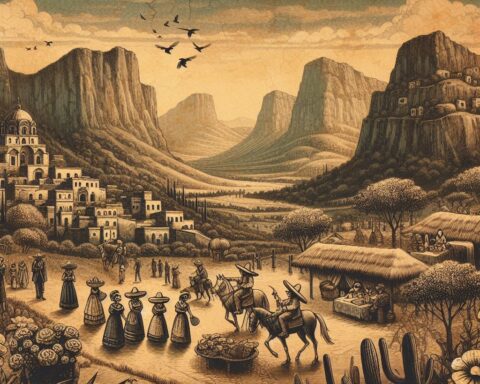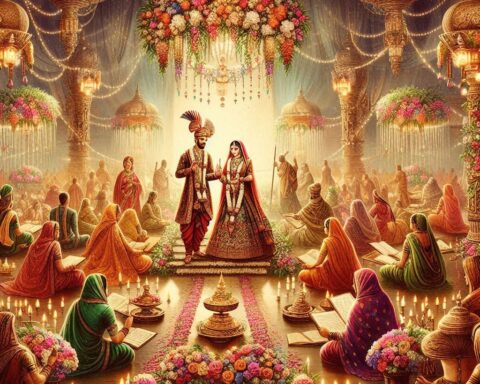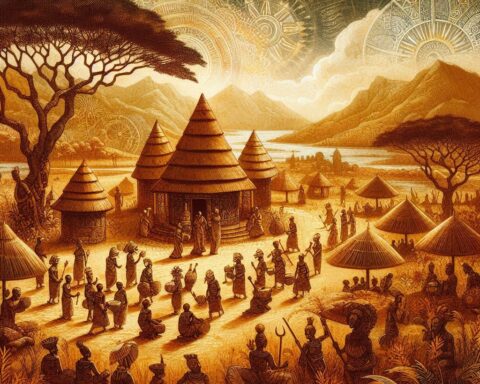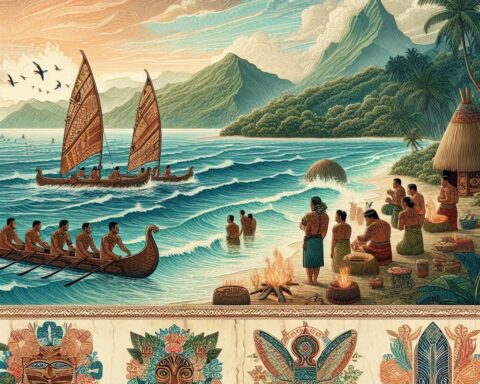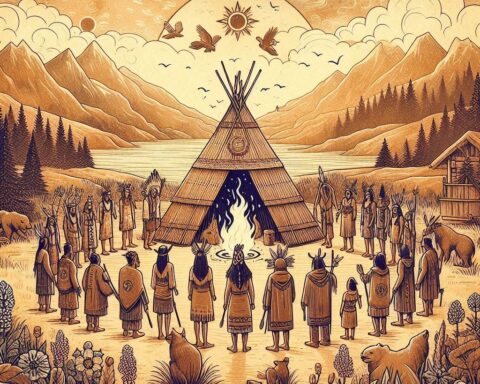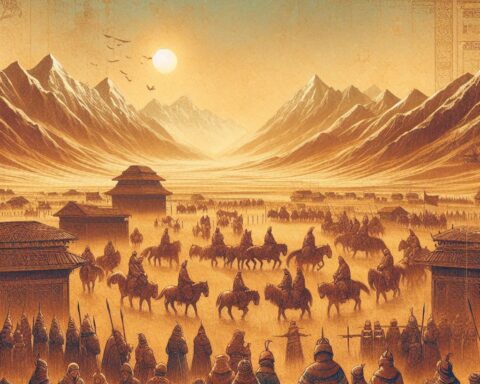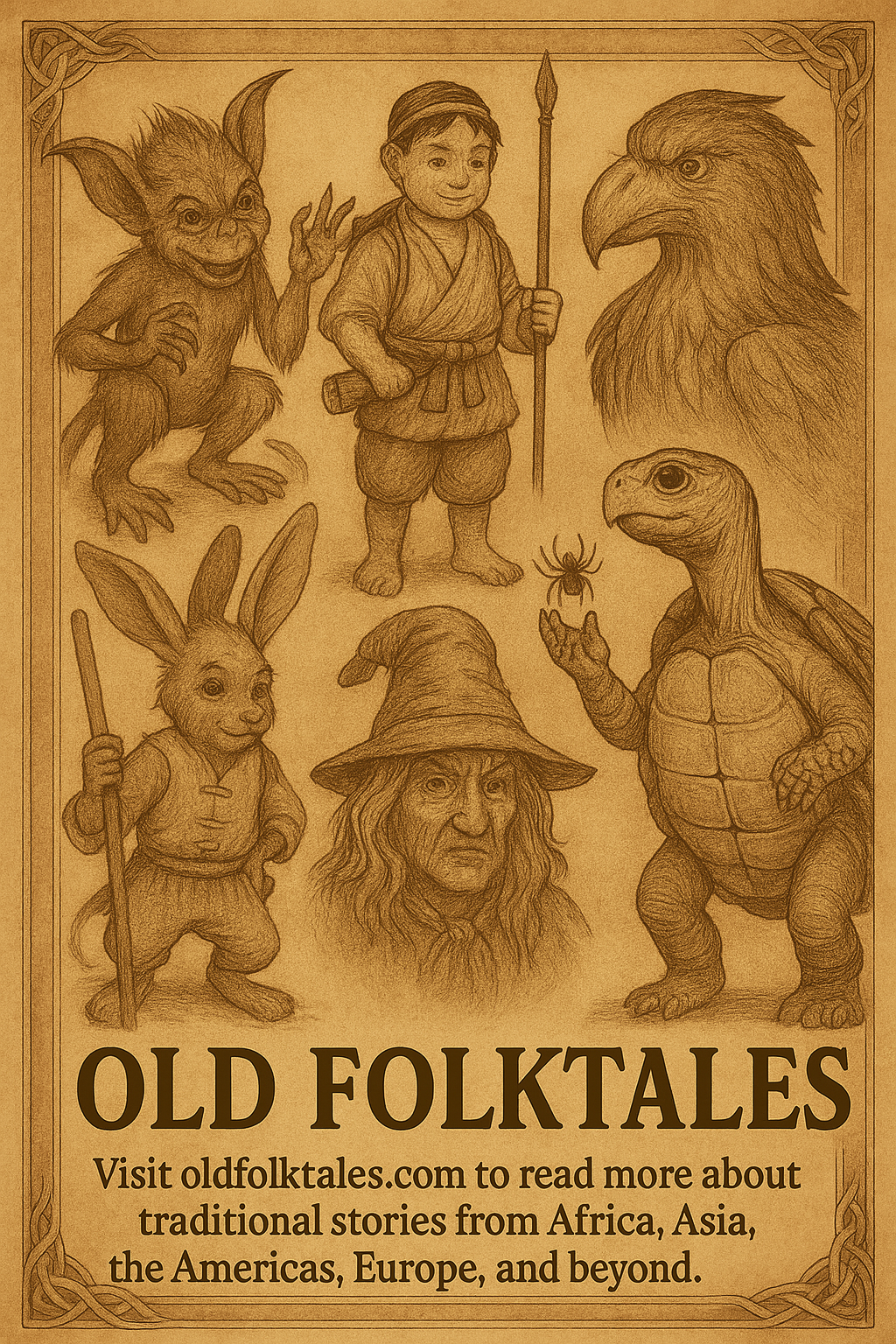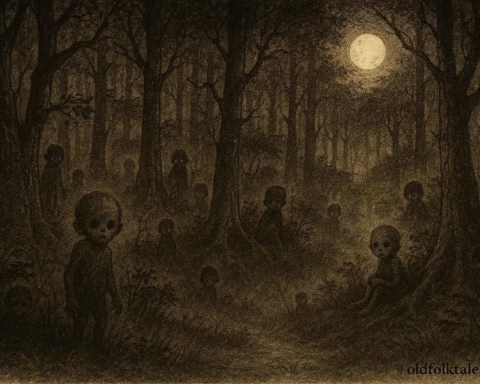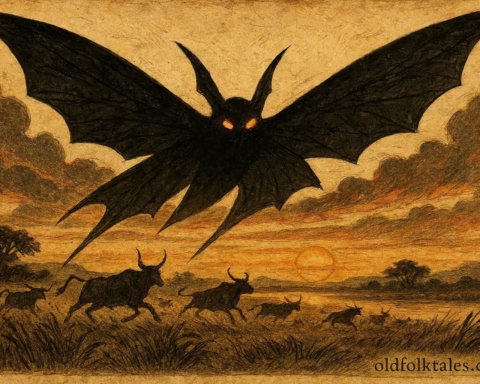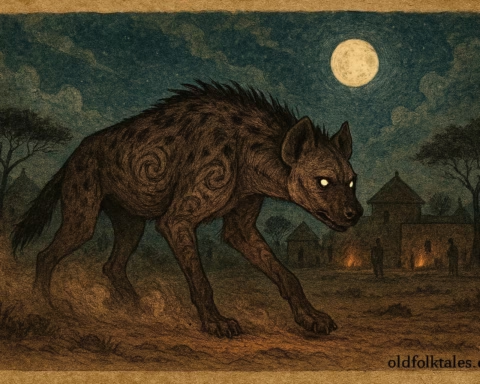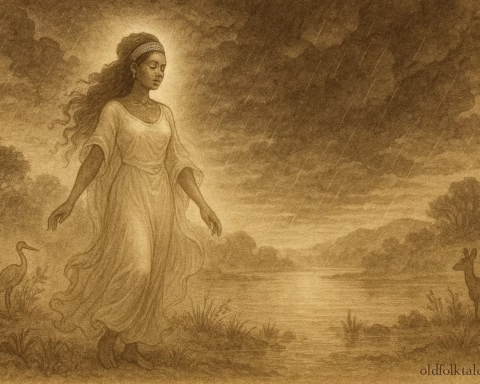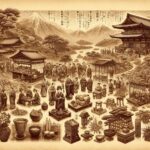Long before the islands had a name, before galleons crossed the seas, the land already danced. The rice fields glowed like gold under the sun, the rivers sang with fish, and the forests breathed blessings into every village. The elders say the Creator planted six seeds of thanksgiving across the archipelago, and each seed grew into a festival. These are their stories.
1. Pahiyas: The Feast of Colors and Rice
It is said that in Lucban, a poor farmer prayed to San Isidro Labrador for a harvest big enough to fill not just his belly, but his heart. The saint answered, and the rice grew tall and heavy. Out of gratitude, the farmer covered his hut with vegetables and flowers so that all who passed would see the abundance given to him. Others followed, and soon the whole town became a garden of walls, each leaf and kiping (rice wafer) a hymn of thanks.
2. Kadayawan: The Dance of the Tribes
In the old days, the Bagobo and Mandaya peoples would leave baskets of fruit by the river for the diwata (spirits) of the mountain. One year, the harvest overflowed so greatly that the chieftains declared a week of feasting and dancing. The riverbanks echoed with gongs, and warriors laid down their spears to join the merriment. When the Spaniards came, and later the modern city rose, the festival remained, a reminder that peace is also a harvest.
3. Kaamulan: The Gathering of Bloodlines
Among the hills of Bukidnon, the datus tell of a time when drought threatened the land. Seven tribes gathered beneath a great balete tree to decide how to survive. They brought with them the fruits of whatever little they had, bananas, camote, corn, and laid them in one pile. After prayers, the rain came. Ever since, Kaamulan has been the great meeting of the tribes, a feast of unity, where each group dances its history into the soil.
4. T’nalak: The Cloth of Dreams
The T’boli say that the spirit Fu Dalu visits the women in their sleep, showing them patterns made of light and water. When these dream-patterns are woven into the T’nalak cloth, the land is pleased, and the crops grow well. In time, the people began to hold a festival after each great weaving, bringing food, songs, and gifts to honor both the cloth and the harvest that came with it.
5. Bangus Festival: Feast of the River’s Gift
In Dagupan, the river is a silver serpent, glittering with bangus (milkfish). The old fishermen tell of Apo Pamalang, the river goddess, who once saved the town from famine by sending her fish in such numbers that the water itself seemed alive. In thanks, the people grill thousands of bangus on bamboo racks, the smoke carrying their gratitude to the goddess.
6. Panagbenga: The Blooming Season
Long ago, the Cordillera mountains mourned after an earthquake shook them. The people decided to plant flowers in the cracks, to show the spirits that life could return. The flowers bloomed, and with them, the town’s spirit healed. Now, each year, Baguio’s streets become rivers of blossoms, not just to honor the season, but to remember that beauty, too, can be harvested.
The Thread Between Them
The elders say these six festivals are like six petals of one great flower, rooted in the same soil: gratitude. Whether it is for rice, fruit, fish, cloth, or flowers, the act of giving thanks feeds the giver and the gift alike. It is why, even in times of hunger, the people still dance, still decorate, still cook for the neighbor they may not like, because to withhold joy from the land is to dry its rivers.
Knowledge Check
Q1: What is the origin of the Pahiyas Festival?
A1: Pahiyas began in Lucban as a thanksgiving to San Isidro Labrador, where homes are decorated with produce and kiping to celebrate a bountiful harvest.
Q2: Why is Kadayawan celebrated?
A2: Kadayawan in Davao City is a thanksgiving festival rooted in indigenous rituals, honoring nature, ancestors, and unity among tribes.
Q3: What is the meaning of Kaamulan?
A3: Kaamulan means “to gather” in Binukid, and it unites Bukidnon’s seven tribes for thanksgiving, unity, and cultural preservation.
Q4: How is T’nalak connected to harvest traditions?
A4: The T’nalak Festival honors the T’boli sacred cloth, believed to bring blessings to the land when woven from dream-inspired designs.
Q5: What does the Bangus Festival celebrate?
A5: Dagupan’s Bangus Festival honors the river’s milkfish abundance through grilling events, parades, and thanksgiving rites.
Q6: Why was Panagbenga created in Baguio?
A6: Panagbenga began after an earthquake, using flower festivals to symbolize healing, renewal, and seasonal abundance.

